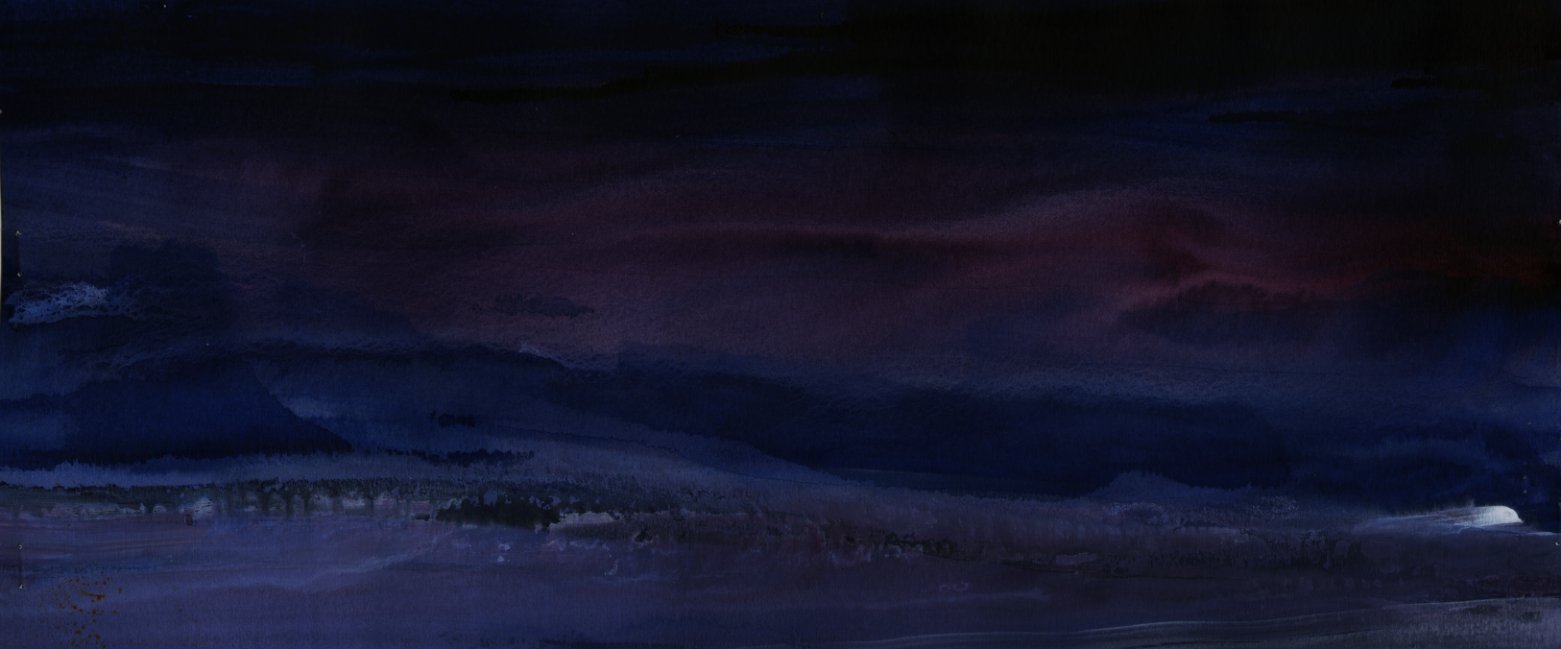

A Pause For Beauty
One ought every day at least to hear a little song, read a good poem, see a fine picture,
and if it were possible, to speak a few reasonable words.
- Goethe
. . .
The World Of The Hummingbird
The world speaks to me in colors, my soul answers in music.
- Rabindranath Tagore

It is truly amazing that hummingbirds feeding in North American yards in spring and summer will spend the winter thousands of miles to the south. And then one day in the spring, the hummingbirds suddenly reappear, having come all the way back to exactly the same feeder of bed of flowers. . . While it is not difficult to appreciate that large, powerful fliers such as geese, swans, cranes and even ducks and shorebirds can make intercontinental flights, it is not quite so easy to comprehend that this twice-yearly routine is also followed by small birds such as sparrows and finches. As for hummingbirds — such tiny scraps of life and tied to a lifestyle that requires frequent energy-rich meals — it seems inconceivable. . . Rufus hummingbirds nesting along the southern coast of Alaska regularly spend the winter in Mexico, some 2,000 miles away: a few stay in the very south of Texas and along the coast of the Gulf of Mexico. The calliope hummingbird travels much the same route and, at 0.1 ounce is the smallest long-distance migrant in the bird world.
Most birds have a poor sense of smell but very good color vision. Hummingbird flowers are most often red — the color to which birds’ eyes are very sensitive — and less often orange and yellow. . . it is now known that birds’ color vision is better than ours: They see all the colors we do and ultraviolet as well, which is invisible, or black, to us. Some flowers develop ultraviolet patterns when they are most fertile and secreting the most nectar, which may be a way of making themselves even more attractive to hummingbirds. . . Another advantage of red is that it is not perceived by insects — they will not be attracted to red flowers and into competition with hummingbirds. Some hummingbird flowers open for only one day and secrete their nectar before dawn, when they are visited by hummingbirds, which are active at first light, before bees and other cold-blooded insects have had time to warm up and set out in search of food.
- Robert Burton, The World of the Hummingbird



